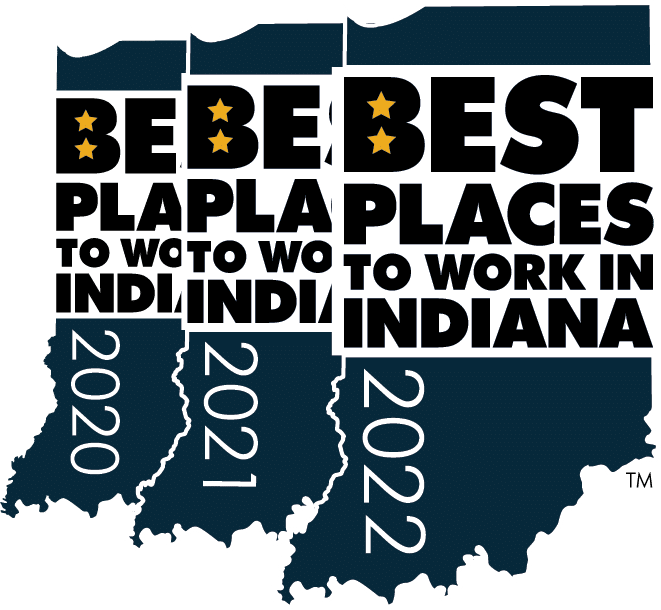Health Insurance that’s Right for You: Finding an Affordable Plan that Works
BY BEN CONNER

When you build and evolve your business strategy, you look for innovation and you strive to secure competitive advantages. You know that to protect your business and to position it to grow, each choice you make within that business needs to be well-considered. It doesn’t make sense, then, to buy any sort of cookie-cutter product for you or your employees. That’s especially true when it comes to health insurance.
We often think that if a plan is expensive, it’s got to be good, but health insurance is much more nuanced than that. We can pay a fortune for features we’ll never use or care that is subpar. What we’re all after is high-quality health insurance at a low-cost, and that simply isn’t possible with your typical off-the-shelf health insurance plans.
That’s where a tailored plan comes into play. A strategically designed plan works to keep costs down by purchasing only what you need, while ensuring that the factors that enable you to access care combine quality with price, so you receive great value.
Customization in Action
Tailoring a plan starts with an in-depth conversation about your company and your employees. Without understand exactly what you need, it’s impossible to create the ideal plan.
During the conversation, a number of important questions should be covered, including:
- What is your current turnover rate? How long do people stick around? (This helps to establish risk)
- What is your claims profile? (This helps identify a baseline and level of opportunities for improvements)
- How tech-savvy are your employees? How willing are they to learn? (Opens the door for new technology that could lower the costs of health insurance)
With these questions answered, an advisor can offer strategies to lower risk while also building a plan designed to meet the employees’ needs. For example, based on the answers to the questions above, an advisor may advise:
- Develop an internal marketing strategy with HR to reduce turnover
- Use an online resource for filling prescriptions, as it will be less expensive than traveling to a name brand pharmacy
- Incentivize employees to engage with electronic tools, like online portals for locating in-network doctors or telehealth appointments, to help them feel more comfortable adopting those resources.
Once fully in place, your health insurance becomes more than a card used during doctor visits. It improves the way your employees access health care. With better understanding of the technology available to them, they can go to greater lengths in preserving their health.
But there’s the financial benefit as well. The policy changes and technology boosts certainly help to cut costs, but the savings go far beyond that. With the correct tools in place, employees will be directed down a new path for health care. They will receive insurance information in laymen’s terms, which will make them more comfortable using the program. Because they’re getting the right care, they’ll visit lower-cost medical facilities, premiums will go down, and both you and your employees will save money in the long run.
Help from Conner Insurance
To seize your own tailored plan, start by deciding what qualities are more important to your company. If your broker can’t adopt those elements, it’s time to look for someone who can.







